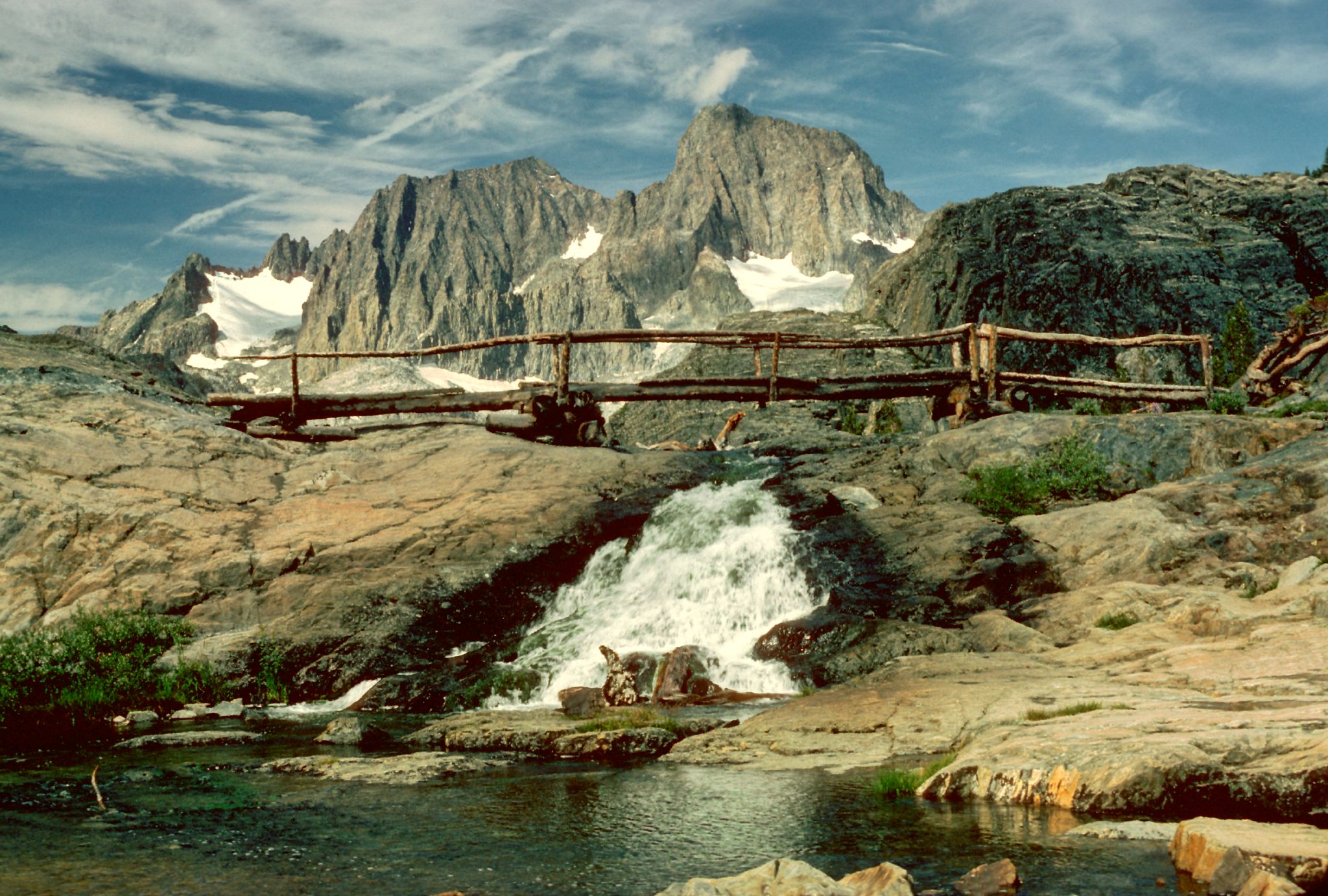After arriving in North Berwick and getting the scoop from the tourist information center (British tourist information centers--or "centres"--seem to be uniformly fantastic), we spent the morning walking along the beach to Dirleton.
The walk was very pretty, but turned out to be a bit more than we bargained for in more ways than one.
First, the weather turned wet on us--though not as wet as it would turn later in the day! Then, we were nearly thwarted by a swollen stream running over the beach into the water.
Seriously, this little stream fanned out into a delta about the size of a football field, and it took us a good 10 minutes to hop our way across all the little streams . . .
. . . before reaching the other side and seeing that there was a bridge up in the dunes, about thirty yards upstream. Oh, well!
After a little more than an hour, we reached Fidra, a small island made famous by Robert Louis Stevenson, about whom I happen to be writing a paper this term.
Fidra is famous on two counts: first, the imaginary map which Stevenson drew as his starting point for Treasure Island was based on the outline of Fidra; second, in Stevenson's novel Catriona, this spot is where the fugitive Jacobite Alan Breck escapes from Scotland and where, minutes later, David Balfour is kidnapped (again). Stevenson had good reason to be familiar with the island: he frequently visited the nearby beach at Yellowcraigs, which is where we had to ford that raging river, and his father Thomas designed and built the lighthouse there.
(Yes, the Stevenson family business was lighthouse engineering, and many of the islands that feature in Stevenson's fiction have some connection to his father's or his grandfather's lighthouses.)
Anyway, the beach trail to Dirleton turns inland at Fidra, where it meets up with the John Muir Way--yes, that John Muir, the Scottish-American naturalist and early environmentalist. (Muir was born in nearby Dunbar.) The John Muir Way is not to be confused with the slightly-more-spectacular John Muir Trail in the US.
(Note: NOT Scotland.)
The John Muir Way also passes some highly creepy trees.
Dirleton itself is little more than a few dozen houses clustered around the castle, which sits on a crag in the center of a manicured park.
Dirleton Castle is the main draw, and it's definitely worth the visit. Three different architectural eras are represented in its various renovations and additions--which date from the 13th, 14th, and 15th centuries--and enough of the castle is still structurally sound that you get a much better sense of the place when it was in use, and there are a lot of different rooms and passages to explore.
Pictured below, for example, is the upper-class prison. Lower-class prisoners were (no joke) simply thrown down a hole in the floor at left.
This next shot shows the distinctly Anglo-Norman shape of the castle's facade--those enormous round turrets are the giveaway.
Here I am on top the same turrets shown above.
On a side note: the 14th-century occupants were the Haliburtons, presumably a branch of those Halliburtons. That's the thing--you start digging too deep into anything in the US or Canada, and you're bound to find a bunch of Scots.
Next up: Tantallon Castle and Bass Rock!















No comments:
Post a Comment